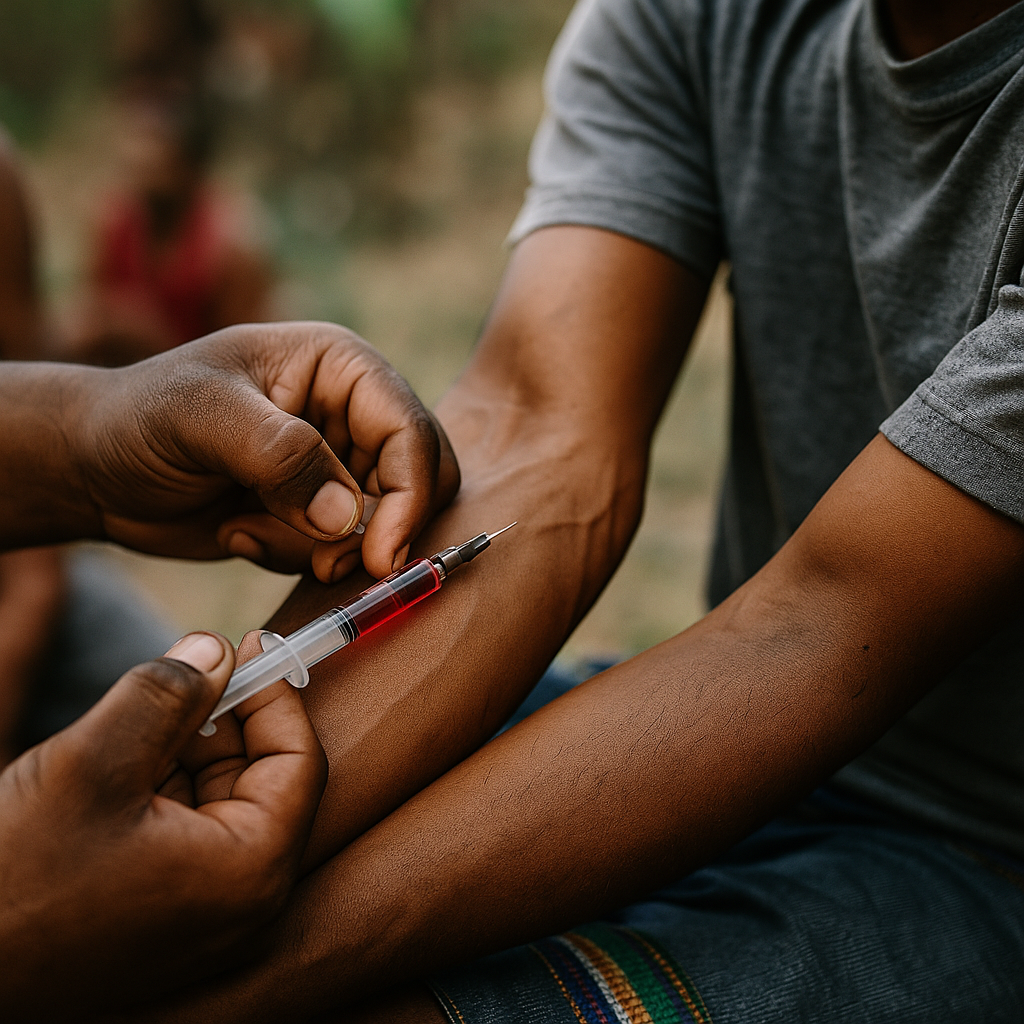
Imagine if managing HIV Drug Treatment could become as routine as taking a daily vitamin. That’s the promise of today’s advanced HIV drug treatment options. Thanks to decades of medical progress, people living with HIV can now lead long, healthy lives. However, navigating medications, side effects, and treatment plans can be overwhelming.
This guide breaks down what you need to know about HIV drug treatment—from how it works to the names of common medications. Whether you’re newly diagnosed, a caregiver, or someone looking to stay informed, understanding your options is the first step in taking control.
Table of Contents
- Understanding HIV Drug Treatment
- Types of Antiretroviral Therapy (ART)
- Popular Medications and Side Effects
- Staying on Track with Treatment
- Conclusion and FAQs
Understanding HIV Drug Treatment
HIV drug treatment refers to the use of antiretroviral therapy (ART) to control the human immunodeficiency virus (HIV). Rather than curing HIV, these medications prevent the virus from multiplying in the body. This allows the immune system to stay strong and reduces the risk of transmission to others.
One of the most important goals of HIV drug treatment is achieving an undetectable viral load. This means the virus is so low in the blood that standard tests can’t detect it. When this happens, not only is the individual’s health protected, but the virus becomes virtually untransmittable—supporting the U=U (Undetectable = Untransmittable) public health message.
Treatment typically begins as soon as possible after diagnosis. Starting early significantly improves long-term health outcomes and helps prevent complications. Moreover, modern therapies are more effective and easier to manage than ever before.
If you’re unsure about which treatment is best, consider speaking with a medical professional through Healthcare.pro for personalized advice.
Types of Antiretroviral Therapy (ART)
HIV drug treatment is built on combinations of antiretroviral medications that work together to suppress the virus. These medications are classified into several categories based on how they attack HIV.
Nucleoside/Nucleotide Reverse Transcriptase Inhibitors (NRTIs)
These drugs block HIV’s ability to replicate its genetic material. Common examples include tenofovir disoproxil fumarate (TDF), emtricitabine, and abacavir.
Non-Nucleoside Reverse Transcriptase Inhibitors (NNRTIs)
These also prevent viral replication but bind differently to the enzyme. Drugs like efavirenz and rilpivirine fall into this group.
Protease Inhibitors (PIs)
PIs stop HIV from assembling new virus particles. Darunavir and atazanavir are often prescribed alongside a boosting agent like ritonavir.
Integrase Strand Transfer Inhibitors (INSTIs)
INSTIs are among the most recommended options today. They block a key step in HIV replication. Medications like dolutegravir and bictegravir are widely used because they are effective and generally well tolerated.
Entry and Fusion Inhibitors
Used less commonly, these prevent the virus from entering the cells in the first place. Maraviroc and enfuvirtide are examples.
Today’s HIV prevention and treatment landscape also includes long-acting injectables and once-daily pills that combine multiple medications into a single dose, such as Biktarvy and Triumeq.
Popular Medications and Side Effects
Choosing the right HIV drug treatment often involves balancing efficacy, ease of use, and side effects. While most modern drugs have fewer complications than earlier therapies, side effects can still occur.
Common HIV Medications
- Biktarvy (bictegravir/emtricitabine/tenofovir alafenamide): A once-daily pill praised for minimal side effects and high success rates.
- Triumeq (dolutegravir/abacavir/lamivudine): Another single-pill option, effective but requires screening for potential allergic reactions.
- Genvoya (elvitegravir/cobicistat/emtricitabine/tenofovir alafenamide): Combines four medications in one pill, often used for patients switching regimens.
- Dovato (dolutegravir/lamivudine): A two-drug regimen gaining popularity for its low toxicity.
Potential Side Effects
Mild symptoms like nausea, fatigue, and headache are common during the first few weeks. However, more serious risks—such as liver or kidney complications—may require medical adjustments. It’s vital to communicate any issues with your doctor promptly.
Sometimes, mental health side effects such as insomnia or mood changes can occur, especially with medications like efavirenz. Regular monitoring helps ensure the chosen regimen is both safe and effective.
To explore lifestyle-related support, visit HealingWell’s HIV section for practical tips and community-driven advice.
Staying on Track with Treatment
HIV drug treatment only works if taken consistently. Skipping doses can lead to drug resistance, making the virus harder to control. Establishing a routine, using pill organizers, or setting phone reminders can help maintain adherence.
Telehealth platforms and pharmacy services now make it easier to manage refills and monitor your progress. Additionally, many clinics provide peer support or counseling for those who need extra help staying on track.
Open communication with your care team is essential. If side effects interfere with your daily life, don’t stop treatment without medical guidance. Instead, ask about switching to another regimen or adjusting your dosage.
Over time, as treatment becomes part of your daily rhythm, managing HIV can feel far less burdensome. With support and consistency, it’s entirely possible to live a fulfilling life while remaining undetectable and untransmittable.
Conclusion: Embracing a Healthier Future
HIV drug treatment has come a long way, turning what was once a life-threatening diagnosis into a manageable condition. Through a combination of effective medications, supportive care, and informed choices, people with HIV are thriving across the globe.
The path to wellness begins with knowledge and continues with consistent action. Whether you’re beginning your journey or adjusting your care plan, the right HIV treatment can be life-changing.
To speak with a licensed provider or find resources near you, visit Healthcare.pro and take the next step toward health and peace of mind.
Frequently Asked Questions
What is HIV drug treatment?
It refers to the use of antiretroviral medications to control HIV, reduce viral load, and prevent disease progression.
Can HIV be cured with medication?
No. HIV cannot be cured, but treatment can control the virus so effectively that it becomes undetectable in the blood.
How often do I need to take HIV medication?
Most medications are taken once daily, although some long-acting injectables are available every month or two.
Are there side effects from HIV treatment?
Some people may experience mild symptoms like nausea or fatigue, especially early on. Most side effects are manageable and diminish over time.
What happens if I miss a dose?
Missing occasional doses may not cause immediate harm, but frequent lapses can lead to resistance. Always aim for consistent daily use.
Disclaimer:
This content is not medical advice. For any health issues, always consult a healthcare professional. In an emergency, call 911 or your local emergency services.



